Archives
- 2026-01
- 2025-12
- 2025-11
- 2025-10
- 2025-09
- 2025-03
- 2025-02
- 2025-01
- 2024-12
- 2024-11
- 2024-10
- 2024-09
- 2024-08
- 2024-07
- 2024-06
- 2024-05
- 2024-04
- 2024-03
- 2024-02
- 2024-01
- 2023-12
- 2023-11
- 2023-10
- 2023-09
- 2023-08
- 2023-07
- 2023-06
- 2023-05
- 2023-04
- 2023-03
- 2023-02
- 2023-01
- 2022-12
- 2022-11
- 2022-10
- 2022-09
- 2022-08
- 2022-07
- 2022-06
- 2022-05
- 2022-04
- 2022-03
- 2022-02
- 2022-01
- 2021-12
- 2021-11
- 2021-10
- 2021-09
- 2021-08
- 2021-07
- 2021-06
- 2021-05
- 2021-04
- 2021-03
- 2021-02
- 2021-01
- 2020-12
- 2020-11
- 2020-10
- 2020-09
- 2020-08
- 2020-07
- 2020-06
- 2020-05
- 2020-04
- 2020-03
- 2020-02
- 2020-01
- 2019-12
- 2019-11
- 2019-10
- 2019-09
- 2019-08
- 2019-07
- 2019-06
- 2019-05
- 2019-04
- 2018-07
-
In this report we established mouse models suitable
2020-11-24
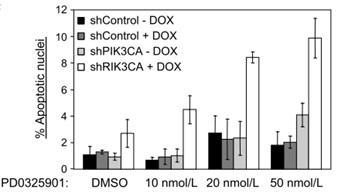
In this report, we established mouse models suitable for human retinal cell transplantation by introducing phosphodiesterase 6B (Pde6b) mutant allele from retinal degeneration (rd) mouse models into NOG background. Pde6b (rd1) and Pde6b (rd10) mice are well-studied and frequently used animal models
-
There is an opposite opinion indicating that EphB
2020-11-24
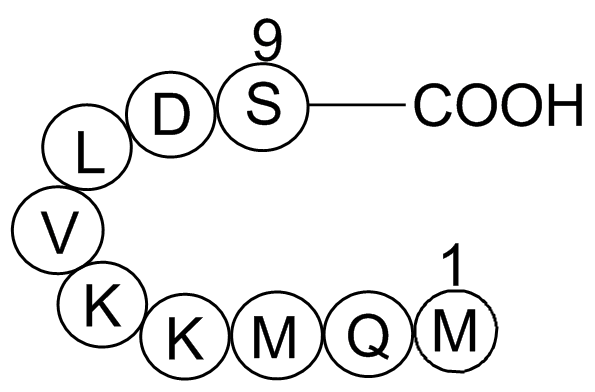
There is an opposite opinion indicating that EphB plays a role as cancer suppressor. Batlle et al. showed that loss of EphB expression represented a critical step in CRC progression, and CRCs that lacked EphB2 expression have been correlated with more advanced tumour stage, poor differentiation, and
-
Interestingly anti inflammatory actions for sPLA
2020-11-24
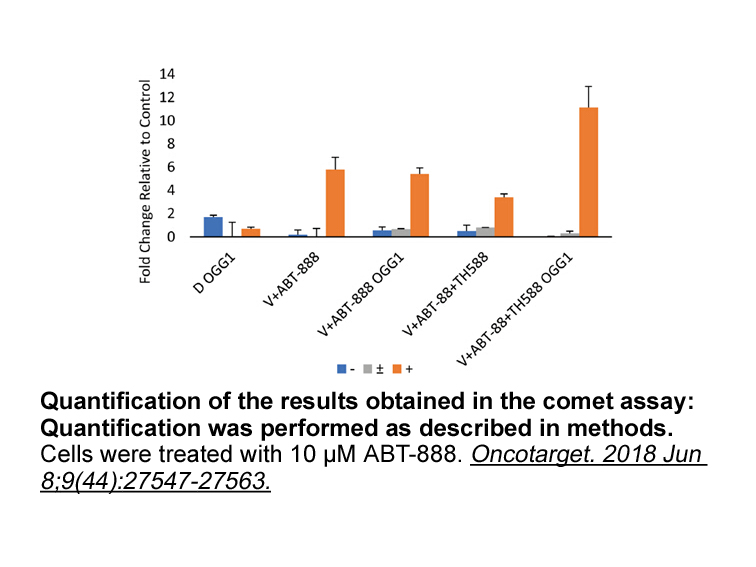
Interestingly, anti-inflammatory actions for sPLA2-V were also described in mice a few years ago in a model of autoimmune complex mediated arthritis [148]. A novel mechanism was delineated, whereby sPLA2-V promotes phagocytosis of immune complexes by macrophages to ameliorate inflammation in autoimm
-
Docking experiments showed that Me
2020-11-24
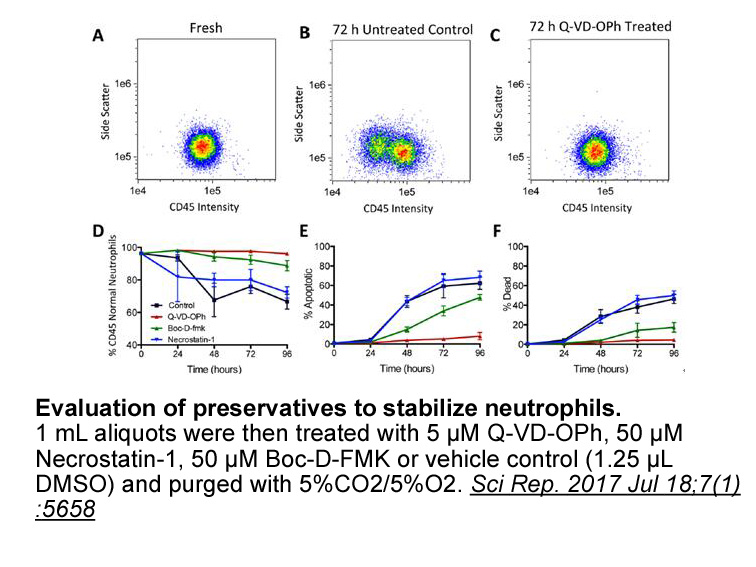
Docking experiments showed that Me-MeGlcA3Xyl4 and MeGlc3Xyl4 were bound to EcXyn30A and the R293A variant in the same way as MeGlcA3Xyl4, having MeGlcA or its modified forms accommodated in the -2b subsite. All ligands were coordinated by the same Gabapentin and no new interactions were observed. T
-
Upon further evaluation of the phage obtained from
2020-11-24

Upon further evaluation of the phage obtained from phage display, we compared the capture of each of the 4th round phage to a phage possessing the wild-type arylsulfatase A sequence (LCTPSR) using ELISA. Each phage was equivalently exposed to FGE and to the beads for capture; however, we found that
-
Initially we ascertained that if
2020-11-24
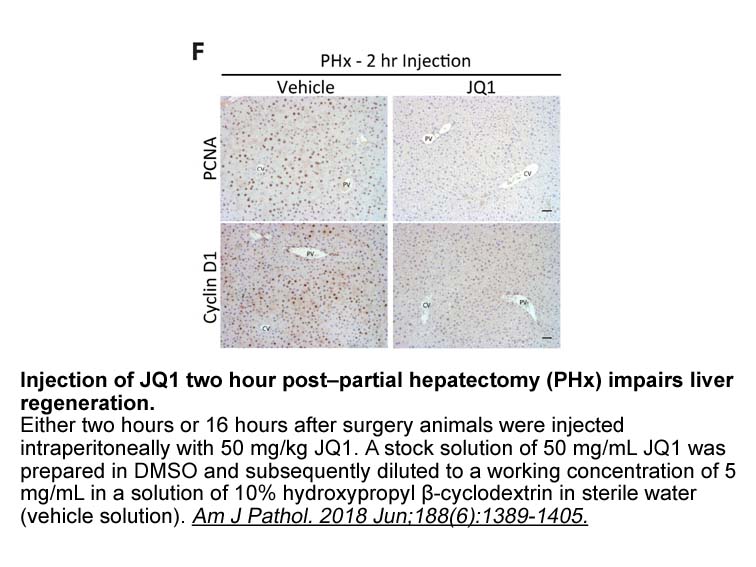
Initially, we ascertained that if the dose of elastase was sufficient to cause pulmonary emphysema, then pulmonary emphysema could be maintained throughout the study. We found that elastase at 3U was sufficient to cause emphysema that remained over 35 days. In this experimental design of lung diseas
-
Introduction Myclobutanil MCL RS chlorophenyl H triazol ylme
2020-11-24
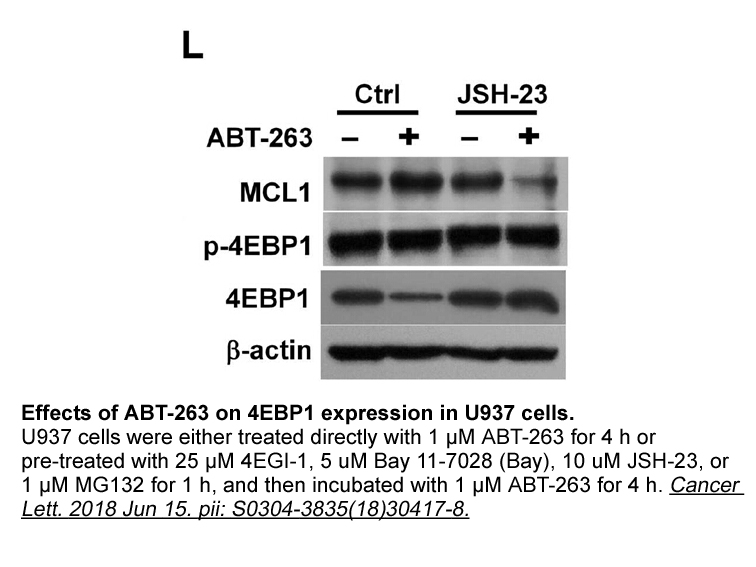
Introduction Myclobutanil (MCL), (RS)-2-(4-chlorophenyl)-2-(1H-1,2,4-triazol-1-ylmethyl)hexanenitrile (Fig. 1), is a broad-spectrum systemic triazole fungicide with protective, eradicative, and curative action (University of Hertfordshire, 2018). It is employed to control pests such as powdery mild
-
br Conflicts of interest br Acknowledgements This work was
2020-11-24
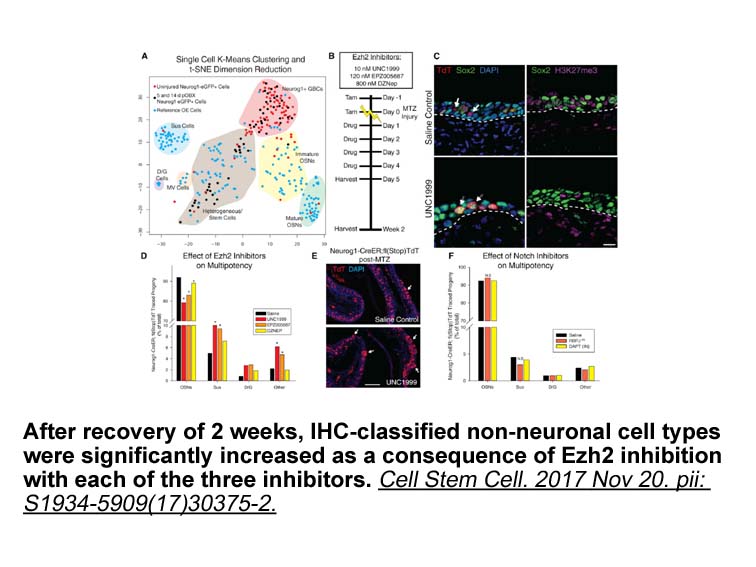
Conflicts of interest Acknowledgements This work was supported by the Swiss National Science Foundation No 31003A-179400 to AO. We thank Dr. Thierry Langer, University of Vienna and Inte:Ligand GmbH, for providing the LigandScout Software, and Dr. Daniela Schuster, Paracelsus Medical Universit
-
br Materials and Methods br Acknowledgements Authors would l
2020-11-23
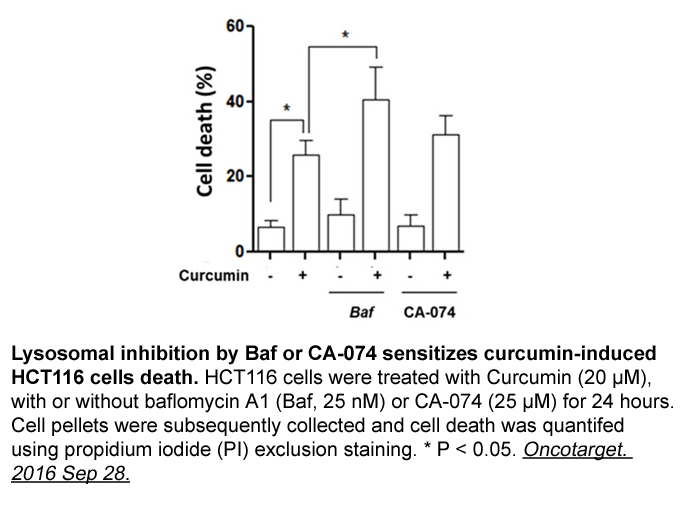
Materials and Methods Acknowledgements Authors would like to thank Mr. Pritam Naskar and Mr. Dibya Mukherjee for their help. Authors also acknowledge the help of Mr. Barun Mahata and Dr. Kaushik Biswas, Division of Molecular Medicine, Bose Institute, for human cDNA samples. P.A.B. and A.B.D. w
-
The thermal behavior of the UV sensitive nanocomposites was
2020-11-23
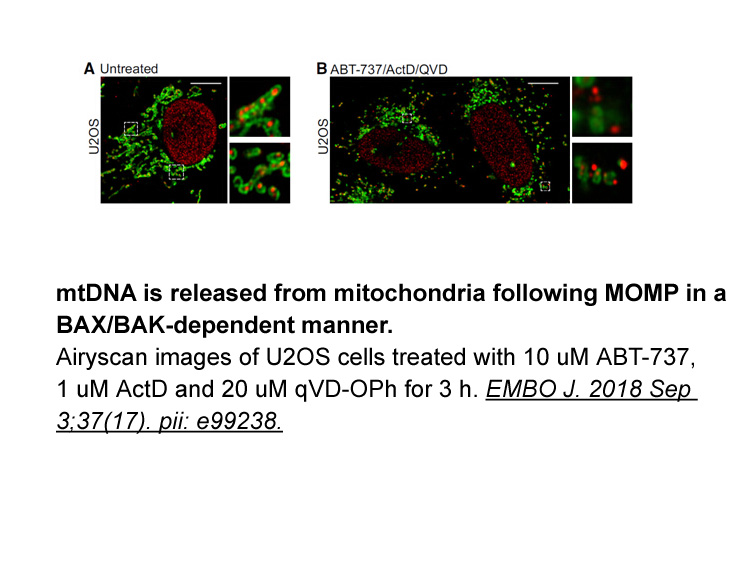
The thermal behavior of the UV-sensitive nanocomposites was investigated by DSC before and after irradiation in an extended temperature range (from −40 to 250 °C). Fig. 4a shows the thermograms of the non-irradiated GNP-DNA/PDMS nanocomposites in comparison with a neat PDMS sample. The filler-loaded
-
Taking a pragmatic approach with a view
2020-11-23

Taking a pragmatic approach with a view to complete the study and because chemotherapy regimens in NETs are not standardized, we do not impose a specific regimen in both arms. However, one regimen in each arm is recommended in order to reduce heterogeneity: the ALKY-based chemotherapy arm will recei
-
CAA is a carcinogenic metabolite of vinyl chloride
2020-11-23
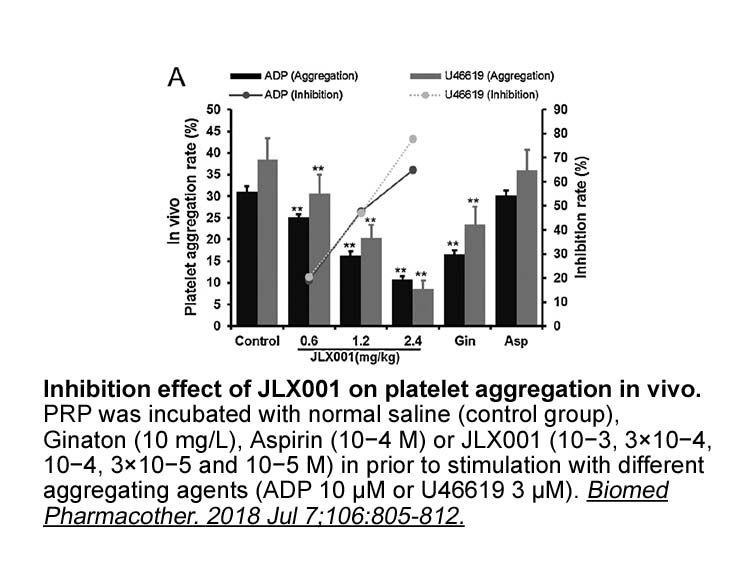
CAA is a carcinogenic metabolite of vinyl chloride, forming several different DNA adducts including the cyclic L-Adrenaline mg adducts 3,N4-ethenocytosine (εC), 1,N6-ethenoadenine (εA), N2,3-ethenoguanine (εG), and 1,N2-ethenoguanine (1,N2-εG), with the A and C cyclic adducts the most predominant,
-
An increasing body of evidence demonstrates that
2020-11-23
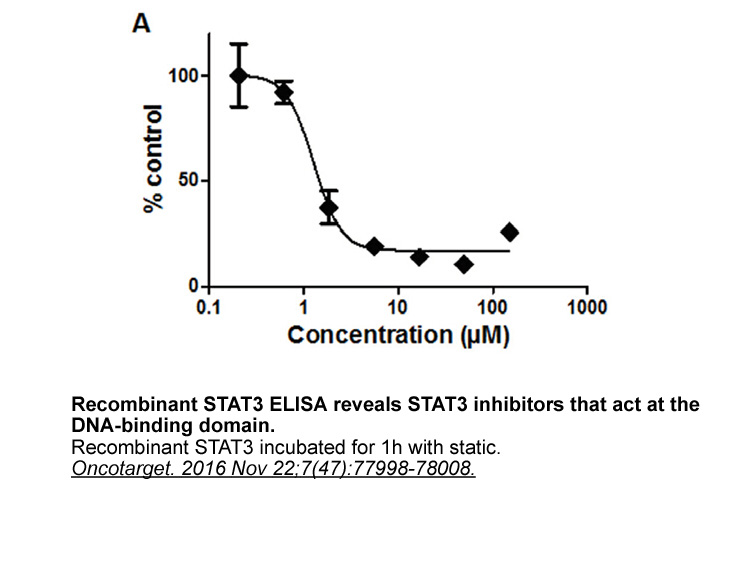
An increasing body of evidence demonstrates that MXC can cause neurobehavioral and neuropathological alterations [7]. In the brain, there are several steroidogenic enzymes, which are responsible for neurosteroid production. Neurosteroids are subsets of steroids that rapidly change neuronal excitabil
-
N fowleri enters the host through the
2020-11-23
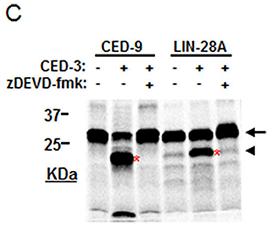
N. fowleri enters the host through the nasal cavity and travels via the olfactory nerve into the AIM-100 sale where it causes PAM (Visvesvara and Stehr-Green, 1990). The ameba most commonly infects healthy young adults and children and is able to evade the immune system but also elicits extensive d
-
4112 Recently a sandwich cultured hepatocyte model has been
2020-11-23
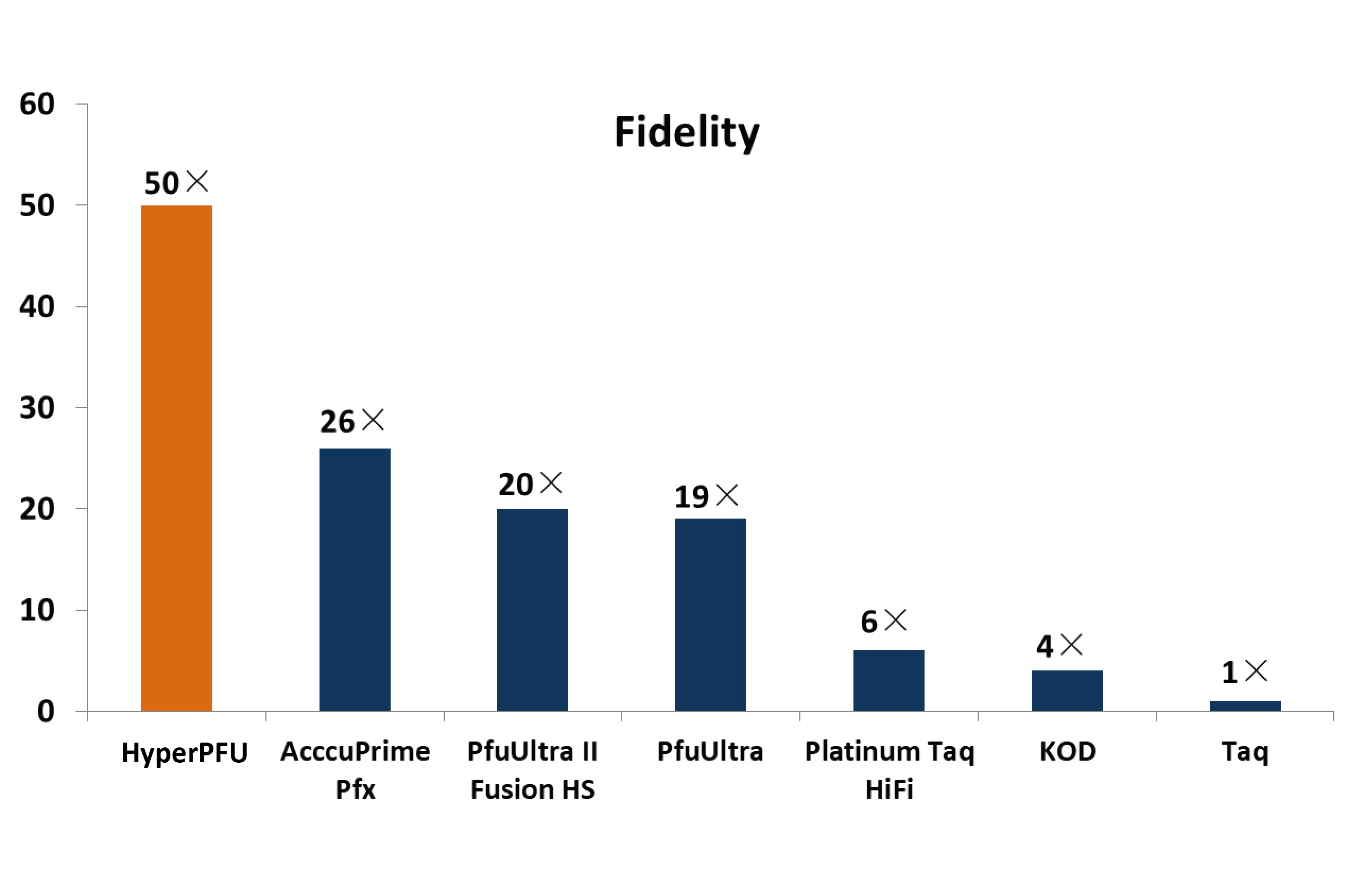
Recently, a sandwich-cultured hepatocyte model has been proved to be a valuable in vitro system that maintains specific hepatic cytomorphology and function relevant to drug metabolism, disposition and toxicity, and thus, closely resembles the in vivo setting. This hepatocyte model was recognized as
15963 records 771/1065 page Previous Next First page 上5页 771772773774775 下5页 Last page